Gardening Q&A
-
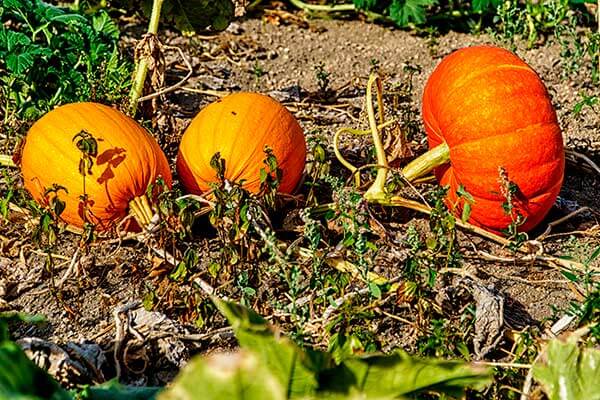
When do I pick winter squash?
The vine will give you clues: It will start to die back. But as long as the squash are nice and hard (thump on them with your knuckles), you'll be fine picking them sooner. Stored properly—out of sunlight and in a cool, dry place—they'll keep through the winter.
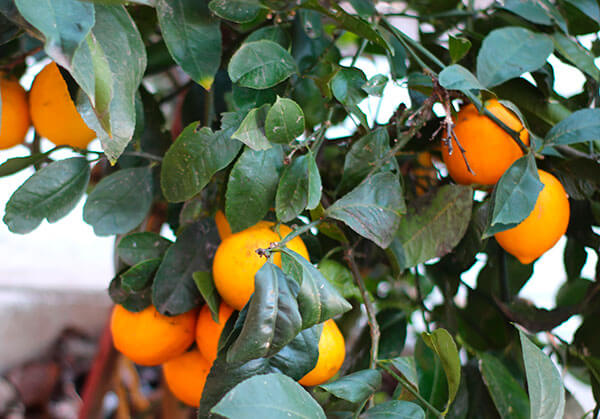
The package label says to fertilize my citrus each month. Do I fertilize the trees all winter?
During the plant's growing season, you fertilize each month, but during fall and winter, cut it back to once every two months and also cut back on the strength of the fertilizer. I use a very dilute mixture during the dormant months.
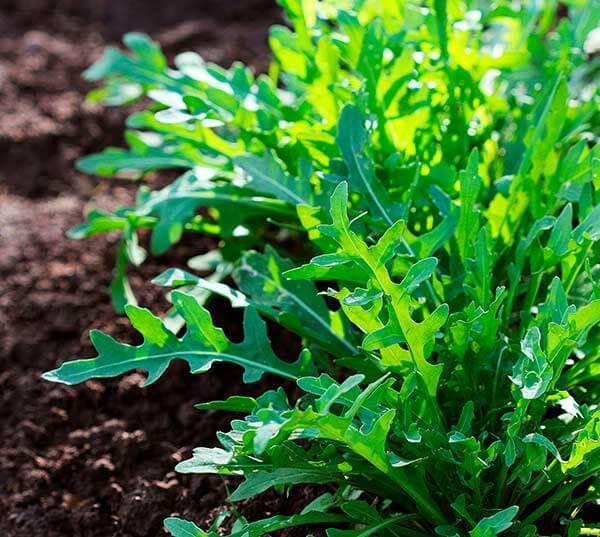
I meant to grow arugula this summer, but forgot to plant the seeds. I just found the packet. Will it keep until spring?
Go ahead and toss some of the seed into the garden now, and you'll have fresh arugula by Thanksgiving. Save the rest until spring—it will be fine.
-
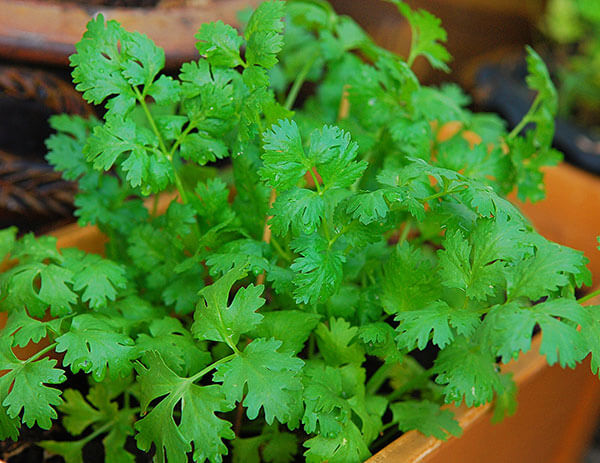
I keep trying to grow cilantro every summer so I can use it in salsa, but no luck. It just dies.
If you live in the hotter parts of California, you'll be disappointed to know that cilantro will grow only in the cooler spring and early summer months. I've been in the same boat. Cilantro grows, matures and dies before the fresh tomatoes are ready, so I can't make salsa using both tomatoes and cilantro from my garden. It's an annual herb, so it has a short life, anyway. Bottom line: Cilantro doesn't like the heat. Sorry.
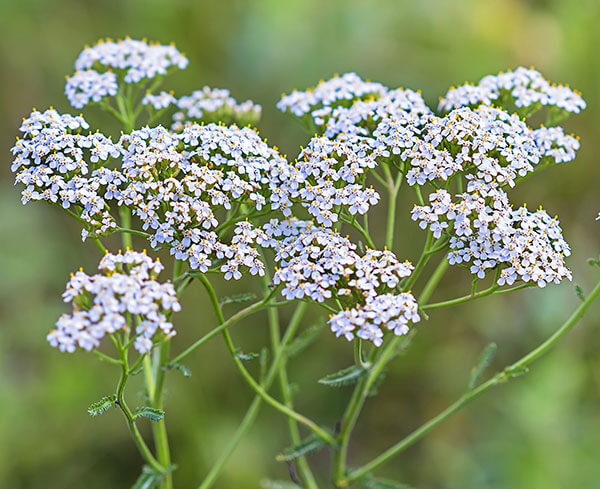
I love growing yarrow, but don't like the way the flower stems suddenly fall over and sprawl. How do I keep them upright?
It's another tricky question. If you give them plenty of water so you get bigger flowers and stalks, they will still fall apart from the middle and try to fall down. Grow them with very little water and eventually they will still fall over. The best thing to do is to put one of those small tomato cages nurseries sell around the plant when it's young and make sure the flowering stalks stay inside the cage. Problem solved, and you won't have straight stalks with flowers growing sideways!
-
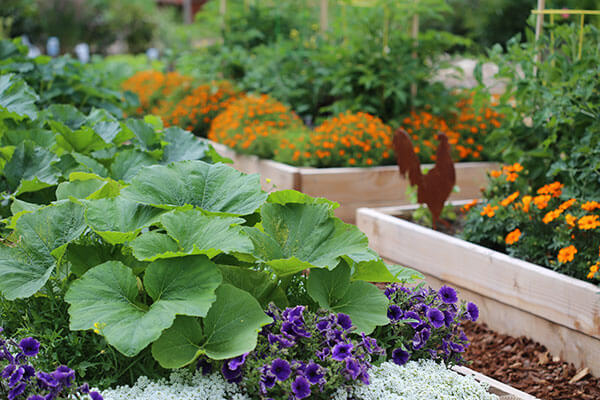
My husband always rototills the garden before we plant. I've read that rototilling might not be good for the soil. Is it?
We used to rototill the garden before planting, and each year the paths and the plants would be in different places, depending on how we felt and what we wanted to plant. Then I decided to switch to raised beds because I could more closely control the soil mix, and, more importantly, we weren't walking on parts of the garden where we would be planting another time. Walking compacts the soil, so why not keep the paths in a permanent place and avoid compacting the soil where you plant? I also learned that rototilling breaks up the soil to a certain depth, but below that you can have an undisturbed shelf that can get quite hard. Also, as you rototill, you bring up any hidden weed seeds to the light. Yikes! I certainly didn't want to awaken any weed seeds.
Rototilling also offered another surprise. When the garden was one big 20-by-60-foot space, it was a little overwhelming every spring to weed and rototill and plant. But with the raised beds, I could focus on weeding or working on a couple of beds each day, and it was both mentally and physically easier. We used 2-by-12-inch redwood to build the beds, so I could sit on the side of the bed and reach in to weed, add compost or plant. It brought order to the garden, which is always a good thing! I haven't rototilled my vegetable garden in years.
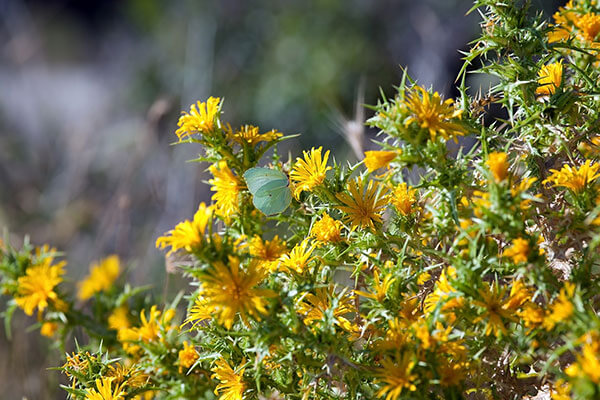
My problem is starthistle. Need I say more?
I agree, enough said. Dealing with starthistle is a management problem I learned the hard way. We had lots of open space that needed to be kept mowed for fire management, but it wasn't irrigated. One year, I decided it would look like a park—a dry park, but neat and tidy. So I mowed early and often, and came up with a crop of starthistle that was unbeatable. I had given the lurking starthistle seeds exactly what they wanted: mowed dry space, no competition from other plants, no water. It thrived. It's a smart plant: If I mowed the starthistle, it would grow only as high as it had been mowed and bloom so I couldn't mow the new blooms off.
Coincidentally, I attended a mini-seminar about starthistle—which is native to Eurasia and was introduced to California around 1850—and learned it grows where the land has been disturbed. In the meantime, I learned to let the natural grasses grow a bit bigger before I mowed the fields each spring. That way, when I mowed, there was a layer of mowed grass protecting the soil. I'd still get a few starthistle plants, but I'd pull them up. With careful management, I was able to prevent more starthistle seeds from sprouting and taking over the land.

